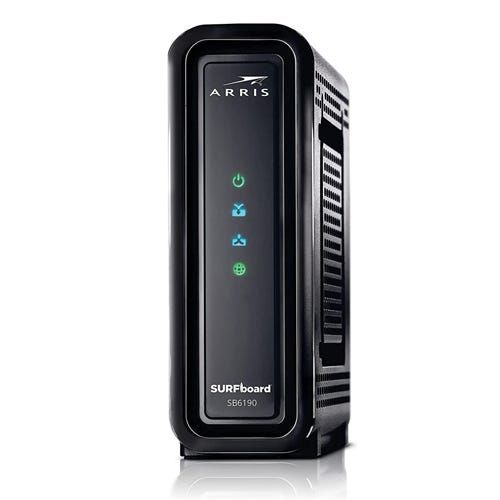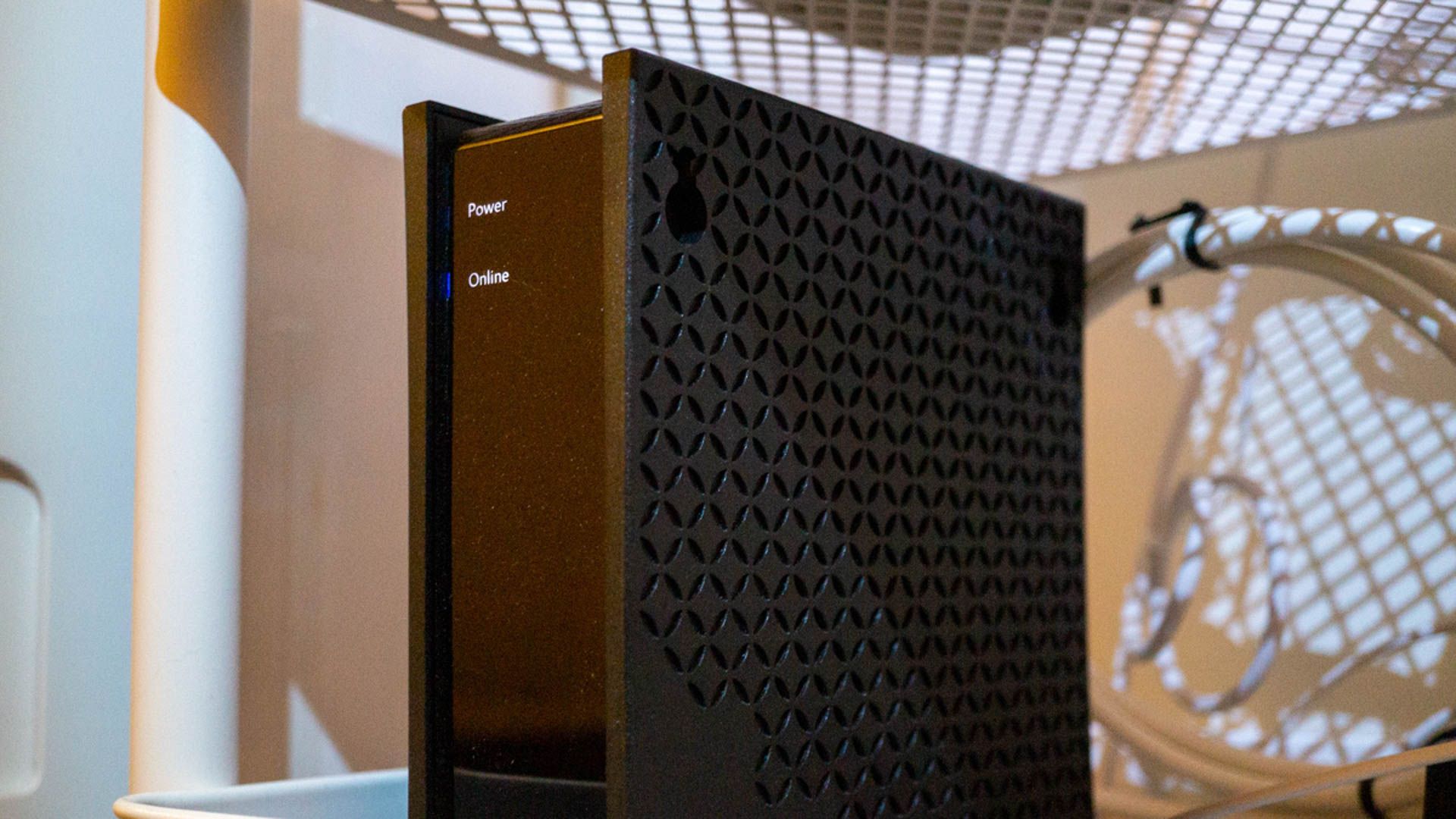Quick Links
Key Takeaways
DOCSIS 3.1 is better than DOCSIS 3.0, but the improvements only benefit cable internet subscribers at gigabit and above subscription tiers.
You're shopping for a cable modem, and you come across DOCSIS 3.0 and DOCSIS 3.1 modems at very different price points. But is a higher version number (and price tag) automatically better? Here's what you need to know.
DOCSIS 3.0 Is Still Fast Enough for Most Cable Internet
For most cable internet subscribers, a DOCSIS 3.0 32x8 modem is sufficient for their current internet plan and offers enough room for growth to support plans up to 800 Mbps.
To understand why, let's look at what DOCSIS is and why, in 2023, a DOCSIS 3.0 modem is still the best value for the most number of people.
DOCSIS, or the Data Over Cable Service Interface Specification, is a cable modem standard developed in the 1990s to help unify the emerging cable internet industry. Since the early 2000s, if you used cable internet, you've used a DOCSIS standard modem.

ARRIS SURFboard SB6190 DOCSIS 3.0 32 x 8
This dependable and popular option from the Arris Surfboard lineup is perfect for cable internet subscribers with any subscription tier at or below 800 Mbps, which is the majority of cable broadband users in the United States.
The earliest versions of DOCSIS---versions 1.0, 1.1, and 2.0---are now fully deprecated and have been for years. The early versions could only support a theoretical maximum speed of 40 Mbps down and 30 Mbps up due to the single-channel design of early cable modems.
In 2006, DOCSIS 3.0 arrived with a significant improvement to cable modem design: channel bonding. That might seem like a lifetime ago, especially when looking at other technology like cellular and Wi-Fi, but the DOCSIS 3.0 channel bonding offered a lot of room for growth.
By increasing the number of channels from the default minimum of 4x4 (4 channels down/4 channels up) to 32x8 (32 channels down/8 channels up), providers could deliver anywhere from very basic entry-tier speeds like 5 Mbps all the way up to near-gigabit 800 Mbps speeds.
Considering that in 2023 the average cable internet subscriber has an internet package of around 200 Mbps, a DOCSIS 3.0 16x4 modem is sufficient, and a DOCSIS 3.0 32x8 modem covers nearly all available cable internet packages save for those in the gigabit and multi-gigabit ranges.
DOCSIS 3.1 Is Required for Gigabit Cable Internet
DOCSIS 3.0 modems might cover the needs of most cable internet subscribers, but if you have a gigabit or multi-gigabit cable internet plan, you need a DOCSIS 3.1 modem.
DOCSIS 3.1 was introduced in 2013, and built upon DOCSIS 3.0. Notably, DOCSIS 3.1 retained the 32x8 channel configuration of the best 3.0 modems, but with a restructured and expanded channel width to accommodate significantly improved speeds.

Motorola MB8611 DOCSIS 3.1 Multi-Gig Cable Modem
Perfect for a gigabit cable package today, and an upgrade to a multi-gigabit package next year.
The theoretical maximum speed of DOCSIS 3.0 is 1 Gbps down and 200 Mbps up, but under real-world conditions---just like with Wi-Fi---the theoretical speed isn't the delivered speed. The theoretical maximum speed of DOCSIS 3.1 is 10 Gbps down and 1.5 Gbps up. So, even accounting for overhead and real-world conditions, it still has a lot of available bandwidth and can deliver gigabit internet.
DOCSIS 3.1 modems are backward compatible. So if you'd prefer to semi-future-proof your cable modem purchase, you can buy a DOCSIS 3.1 modem today (even if you're not currently subscribed to a gigabit plan). That way, you'll have a newer modem with a longer support window and the potential to upgrade to gigabit internet without an additional purchase.
What About DOCSIS 4.0?
DOCSIS 4.0 is the newest iteration of the DOCSIS standard. It builds upon DOCSIS 3.1 (and was even briefly called DOCSIS 3.1 Full Duplex before it was rebranded). Thanks to further improvements, principally the introduction of full-duplex communication over bonded channels, DOCSIS 4.0 has a theoretical maximum speed of 10 Gbps down and 6 Gbps up.
That's pretty exciting as it will allow for symmetric multi-gigabit internet over cable, positioning cable internet providers to compete directly with fiber providers for the first time. But, as of early 2023, there are no public DOCSIS 4.0 cable deployments or DOCSIS 4.0 modems for sale, so there's no need to worry about purchasing one or compatibility with your current cable subscription.
DOCSIS 4.0 rollouts won't start until late 2023 at the earliest in very select markets and likely won't see widespread adoption into 2025 and beyond.
Practically speaking, DOCSIS 3.0 modems still have a lot of life in them (as many cable providers haven't even fully migrated to DOCSIS 3.1 yet). And DOCSIS 3.1 modems, while not truly future-proof, will be around for many more years.
Until your cable provider has migrated completely to DOCSIS 4.0 or you live in a market where you can get in early on that multi-gigabit DOCSIS 4.0 action, there's no need to worry about DOCSIS 4.0 modems yet.

